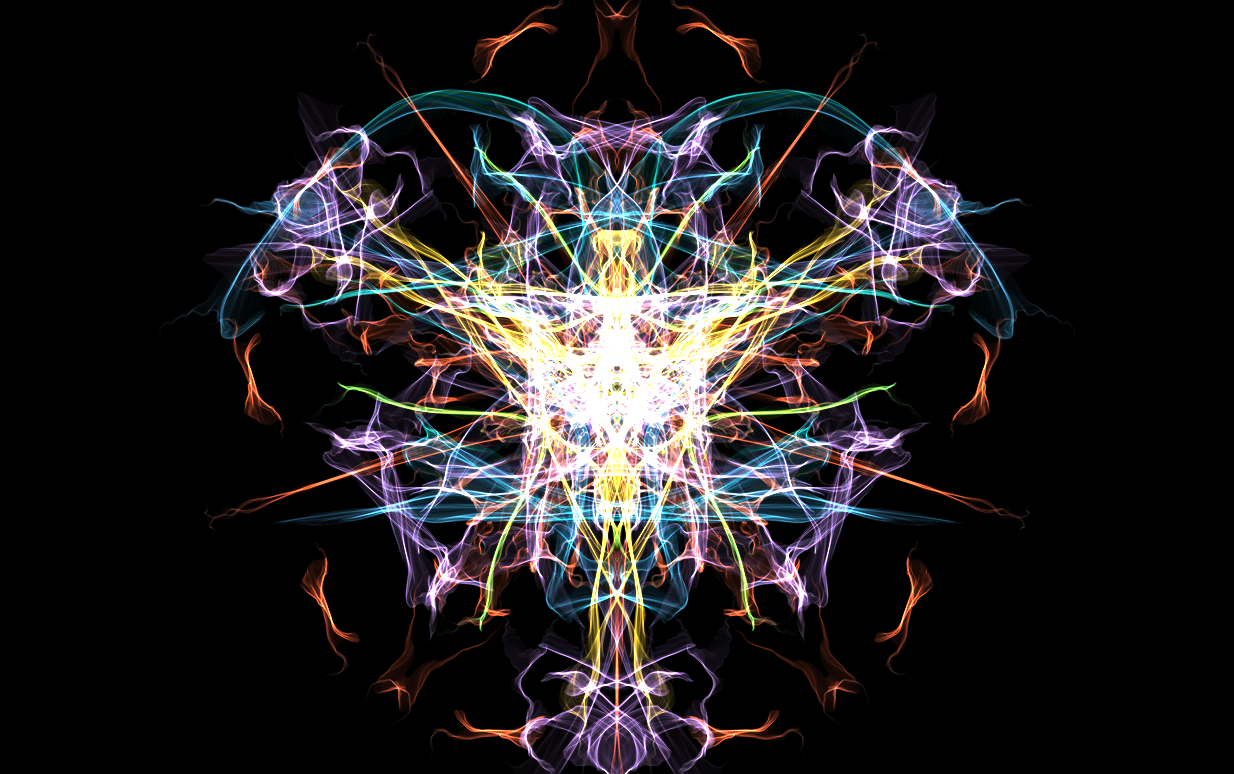Japan’s moon landing picture might be the space photo of the decade::undefined
Then again, it might NOT be the space photo of the decade.
Let’s hope the best pictures come from Artemis later this decade.
🫨
Kids these days not playing enough Lunar Lander
Heh I love the photo artifacts. It’s like holograms on a fake ID
You can tell it’s real because
So at this point, we’ve been there in person. We fully understand the atmosphere, the gravity, and the topology. We have laser range finding, lidar, stereoscopic vision. Trajectory and velocity are both more or less solved problems by this point, right?.. Right? There’s only 2.7 seconds of light delay. How have we screwed up so many landings?
Because of the “more or less” part of your post. Oversimplifying things is nice for a quick explanation, but physics don’t care about your simplified model once you get up there, gravity isn’t completely uniform, random space stuff sends you slightly off your path, and your target move in a mostly (but not 100%) predictable way, around your planet.
I am fully down to learn.
I wasn’t aware the gravity on the moon wasn’t mostly uniform. I’ve not heard that before. Any particular reason image processing couldn’t be used to keep the down side down? Or when the previous lander crashed thinking it was many KM higher but it didn’t have backups for each sensor type? I’ve been following along and many of these seem to be preventable issues when it comes to the price of a launch.
For that matter, light delay to manually change system parameters seems to be reasonable.






